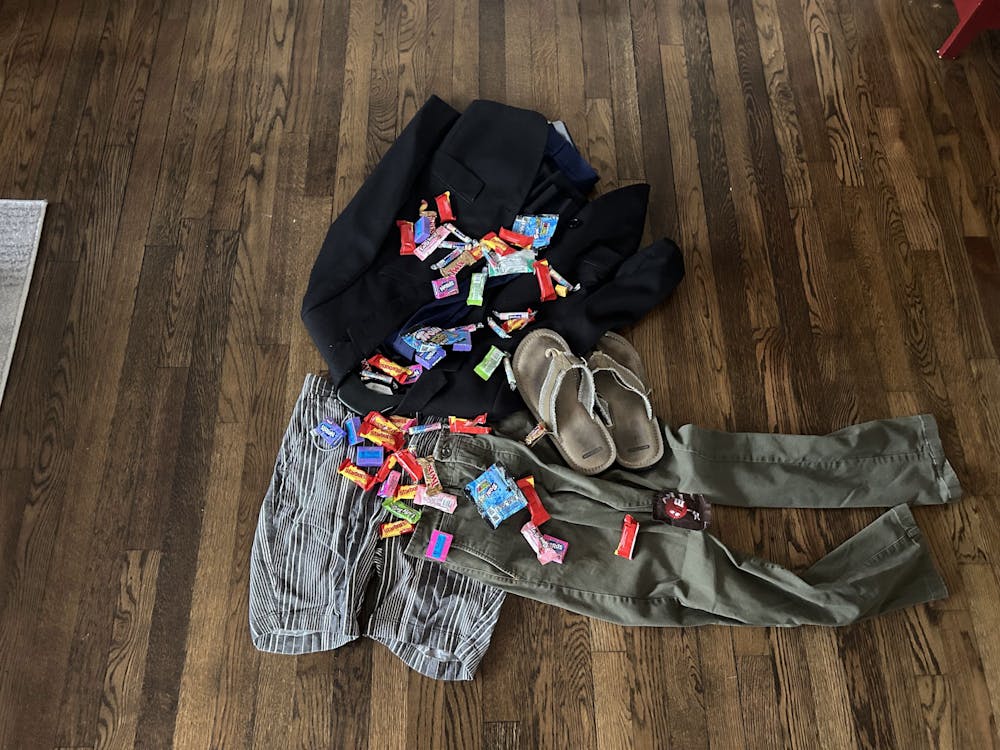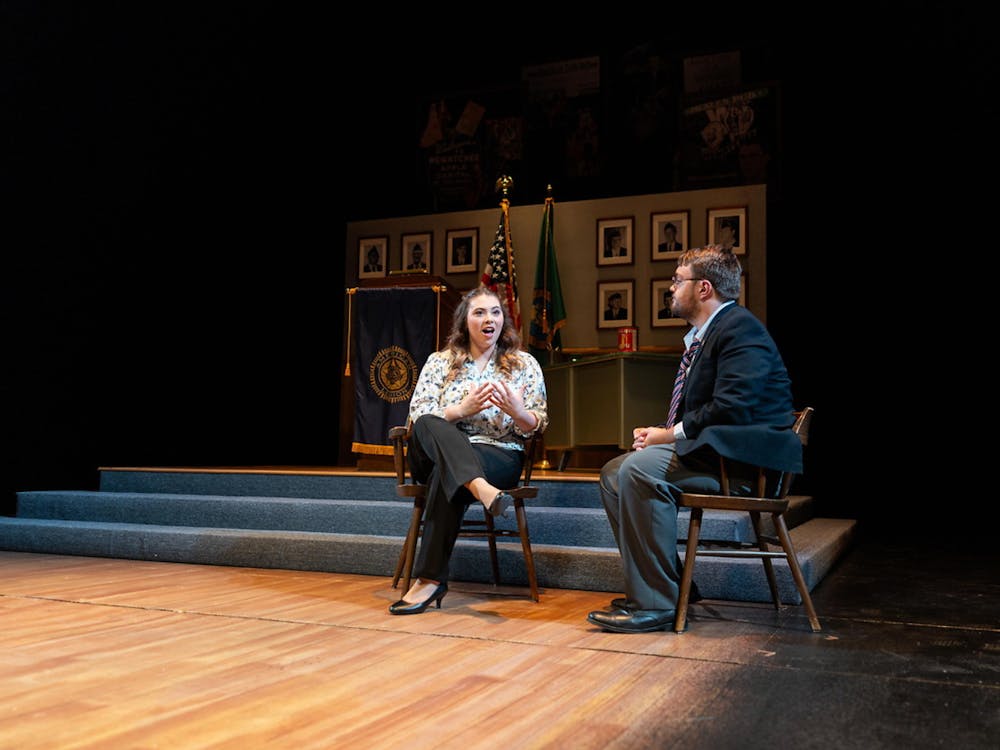In college, the Halloween season is the most fun time of the year — unless you have no costume.
Many students spend the month of October planning for their role in a group costume and thinking about their own alternate ensembles, though ultimately never execute their vision because of costs or aesthetic conflicts.
But, they can still come up with something quick, easy and cheap if they follow this guide.
Go basic
Students are better off if they choose an iconic character who everybody else could instantly recognize. Most of these are inspired by cartoons, especially those from favorite childhood shows.
These typically only use a few base colors, then elevate the look with accessories or cosmetics. Plus, the wearer’s performance, such as how they walk and talk, usually does more for the costume than any material ever could.
A “SpongeBob SquarePants” costume, for instance, incorporates white, brown and yellow. With just a button-down long sleeve shirt, a yellow tee underneath and khaki pants, partygoers will interpret the famous sponge without staring too hard.
Adding supplemental details like a red tie, black clogs and a metal spatula completely seals the deal. To earn more clout or make their choice even more comical, the student might ask a friend to lather their skin with yellow body paint or to beautify the comedy by embellishing their face with fancy makeup.
Best of all, students can find any of these articles in one trip to their local thrift shops.

Wearing one color makes the costume seem slick, like Cosmo from “Fairly Odd Parents.”
Save money
Outlets like Spirit Halloween and Party City tend to overcharge for their pre-assembled costumes. Out of the available “SpongeBob” options, some demand as much as $50 for a thin, itchy onepiece.
Enjoy what you're reading?
Signup for our newsletter
However, at Goodwill or TJ Maxx, the starter essentials fill almost every rack for only a few dollars.
Students should search for their costume based on abundance. With so much retired professional or workplace clothing sitting there, students can locate the foundation for their costume and still afford multiple identical items at the counter, allowing permission for the buyer to resize, revamp or return what they bought extra of.
All of these existed elsewhere with various purposes before the student transforms them into a costume. To ensure that none of their money goes to waste, the student might try to pick pieces that function for other outfits not during the holiday.

Any formal clothes can be dressed up or down to do a celebrity costume.
Upcycle clothes
Students often forget to check their own closet first before venturing out with their wallet. So much of what they put on daily works as a costume if only they reimagine their method of dressing it.
Family and friends also let students borrow from them. With a simple ask, a student could be networked through mutuals to the most unconventional yet necessary part of their costume while staying at home.
As a final resort if the student feels crafty enough, they can take glue guns for bedazzlings, scissors for trimming or creating shapes, and many other supplies lying in their desk drawer to modify their selection.
Students should stop stressing about their Halloween look, no matter how close they cut it to time — all it takes to flaunt the perfect costume is some make-believe.

Pairing some sandles and patterns turns the wearer into a jungle explorer.




